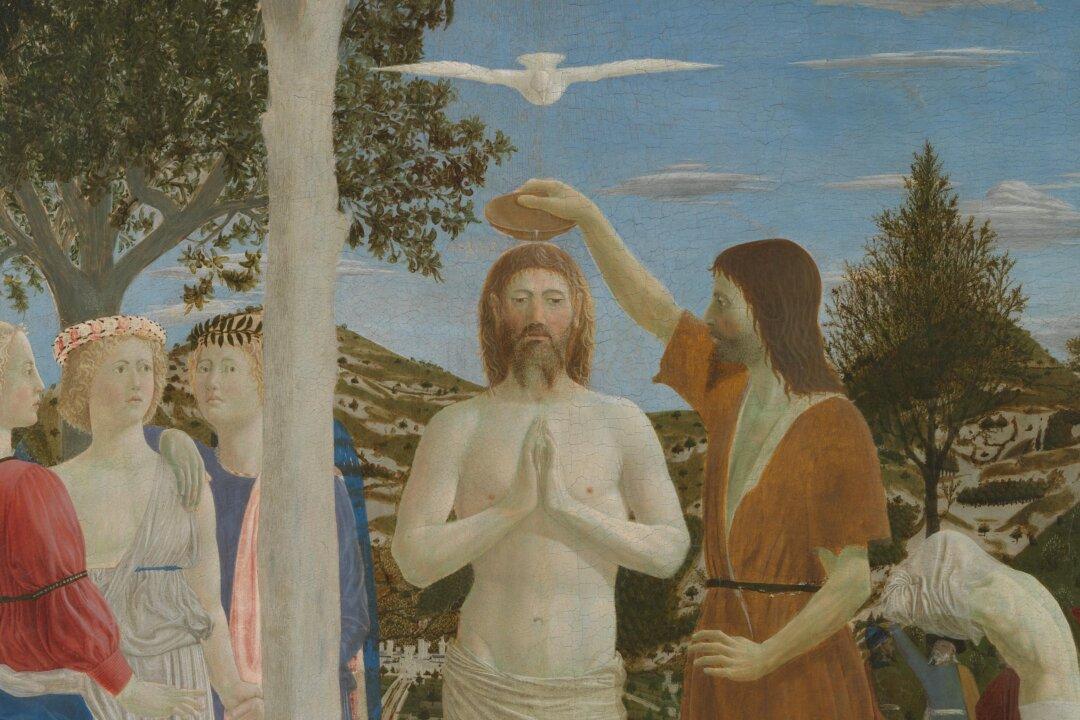NEW YORK—Those who remain enchanted by the notion of chivalry and the medieval rules of knighthood will find the new exhibition at The Metropolitan Museum of Art a source of wonder.
“The Last Knight: The Art, Armor, and Ambition of Maximilian I” relies on the life of Emperor Maximilian I (1459–1519) to look at the deeply rooted significance of European armor at the onset of the Renaissance.






